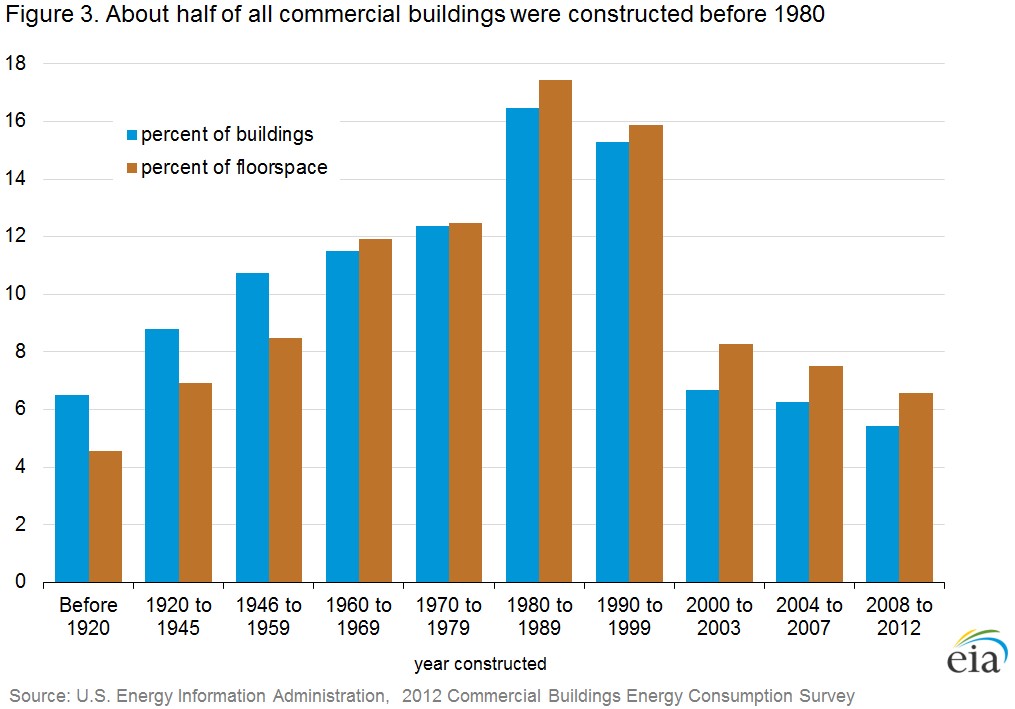

Rapid adoption of IoT-based systems with the promise of significantly reduced operational costs is driving significant growth in the building and facility automation marketplace. Building and Facility Automation Systems include systems for security; lighting; heating, ventilation, and air conditioning (HVAC); fire alarm; and building energy management.
The major objectives of these systems are to improve occupant comfort, reduce energy consumption and operation costs, efficiently operate building systems, and increase the lifecycle of utilities. Digitizing these systems presents a huge opportunity to reduce energy and operational costs for building or facility owner/operators. Commercial buildings consume over 70 percent of the electricity produced in the US. Many buildings are older and could significantly benefit from retrofitting the building control infrastructure to provide improved not only energy management but also security and safety.
According to the latest information available from EIA, the majority of the installed base of commercial buildings in the US were built before 1980, while the newer buildings that are being constructed are often much larger in scale and much more complex in terms of the types of building controls required. According to the US Department of Energy, both commercial and residential buildings produce about 38 percent of the greenhouse gas emissions, representing a significant opportunity for the new generation of IoT enabled systems to create a smaller carbon footprint.

HVAC systems and lighting are the largest energy consumers in office and residential buildings (but obviously not in industrial facilities that consume energy for industrial processes). Buildings, and, to a lesser extent, HVAC systems, last a long time. When upgrading HVAC systems, modifying building spaces, or usage patterns change, it’s important to revisit the control strategies. New smart, digital technologies for building monitoring and control can help improve occupant comfort and provide information to help the building operate as efficiently as the physical building and equipment allow.
Modern facility automation systems function like a comprehensive distributed control system to integrate disparate systems and facilitate information exchange. By integrating disparate systems such as video surveillance, access control, physical security, and incident response, users can greatly improve security and safety while reducing reduce design, maintenance, and operational cost. Lack of accepted integration standards or accepted communication protocols, however, is delaying the adoption of intelligent, web-based, integrated digital security systems.
ARC just released its latest market analysis for Building and Facility Automation Expenditures:

